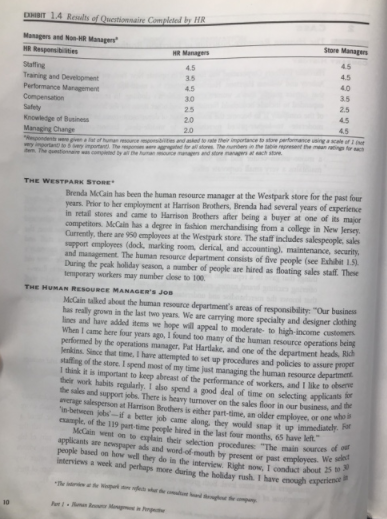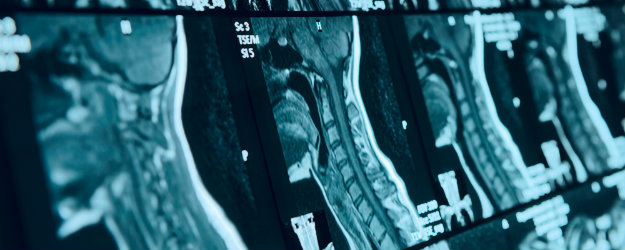

Also, based on the image dimension and spatial connection, there are three registration methods for 2D C-Arm and 3D CT images: the projection algorithm, which transforms a 3D image into 2D space for 2D-2D registration the back-projection algorithm and the 3D reconstruction algorithm, which transforms a 2D image into 3D space for 3D-3D registration. divided the existing rigid registration methods for 2D and 3D medical images into three types according to the data volume of image features, which are feature-based, gradient-based, and intensity-based. This research evaluates the performance of several 2D-3D image registration methods to obtain the optimum transformation matrix between C-Arm and CT image frames and thus surgical paths planned on the CT images can be mapped onto the C-Arm images.Īmong the known 2D-3D image registration methods, Markelj et al. Therefore, path planning on CT images and guidance of surgical tools by C-Arm images are a good idea to integrate their advantages if C-Arm and CT images are registered accurately. On the contrary, 3D CT images provide 3D anatomic information, which enables easy and safe path planning for spinal surgery. Accurate path planning on the C-Arm AP-view image is difficult. However, 2D C-Arm images lack 3D spatial information.

In recent years, using an image-assisted navigation system for spinal surgery has become a trend. Moreover, C-Arm image-assisted surgical navigation system needs only two C-Arm images taken in different angles to determine spatial target positions, which significantly reduces X-ray exposure dosage. C-Arm image-assisted surgical navigation system has been broadly applied to orthopedic surgery because C-Arm machine is commonly available for orthopedic surgery and registration between C-Arm images and the patient is automatic. IntroductionĬonventionally, spinal surgery, especially minimally invasive spinal surgery, usually requires taking numerous C-Arm images to confirm that the positioning of surgical instruments is correct and safe, which leads to medical persons’ high risk of radiation exposure. The success rate is approximately 90% and average registration time takes 16 seconds. The average error in displacement is 0.22 mm. Spine saw bones are used in the experiment to evaluate 2D-3D image registration accuracy. Experimental results show that the combination of Normalized Cross-Correlation measure method with Downhill simplex algorithm obtains maximum correlation and similarity in C-Arm and Digital Reconstructed Radiograph (DRR) images. Five similarity measure methods of 2D-3D image registration including Normalized Cross-Correlation, Gradient Correlation, Pattern Intensity, Gradient Difference Correlation, and Mutual Information combined with three optimization methods including Powell’s method, Downhill simplex algorithm, and genetic algorithm are applied to evaluate their performance in converge range, efficiency, and accuracy. The positions of surgical instruments will also be displayed on both CT and C-Arm in the real time.


Through the transformation matrix, the surgical path planned on preoperative CT images can be transformed and displayed on the C-Arm images for surgical guidance. This research studies 2D-3D image registration methods to obtain the optimum transformation matrix between C-Arm and CT image frames. However, accurate path planning on the C-Arm AP-view image is difficult. C-Arm image-assisted surgical navigation system has been broadly applied to spinal surgery.


 0 kommentar(er)
0 kommentar(er)
